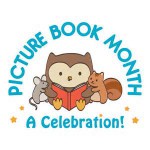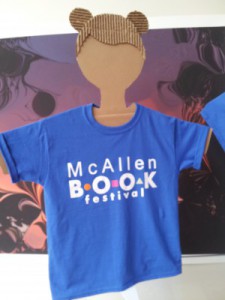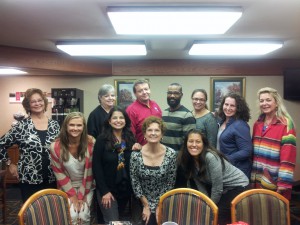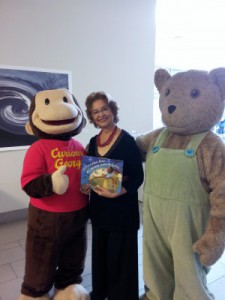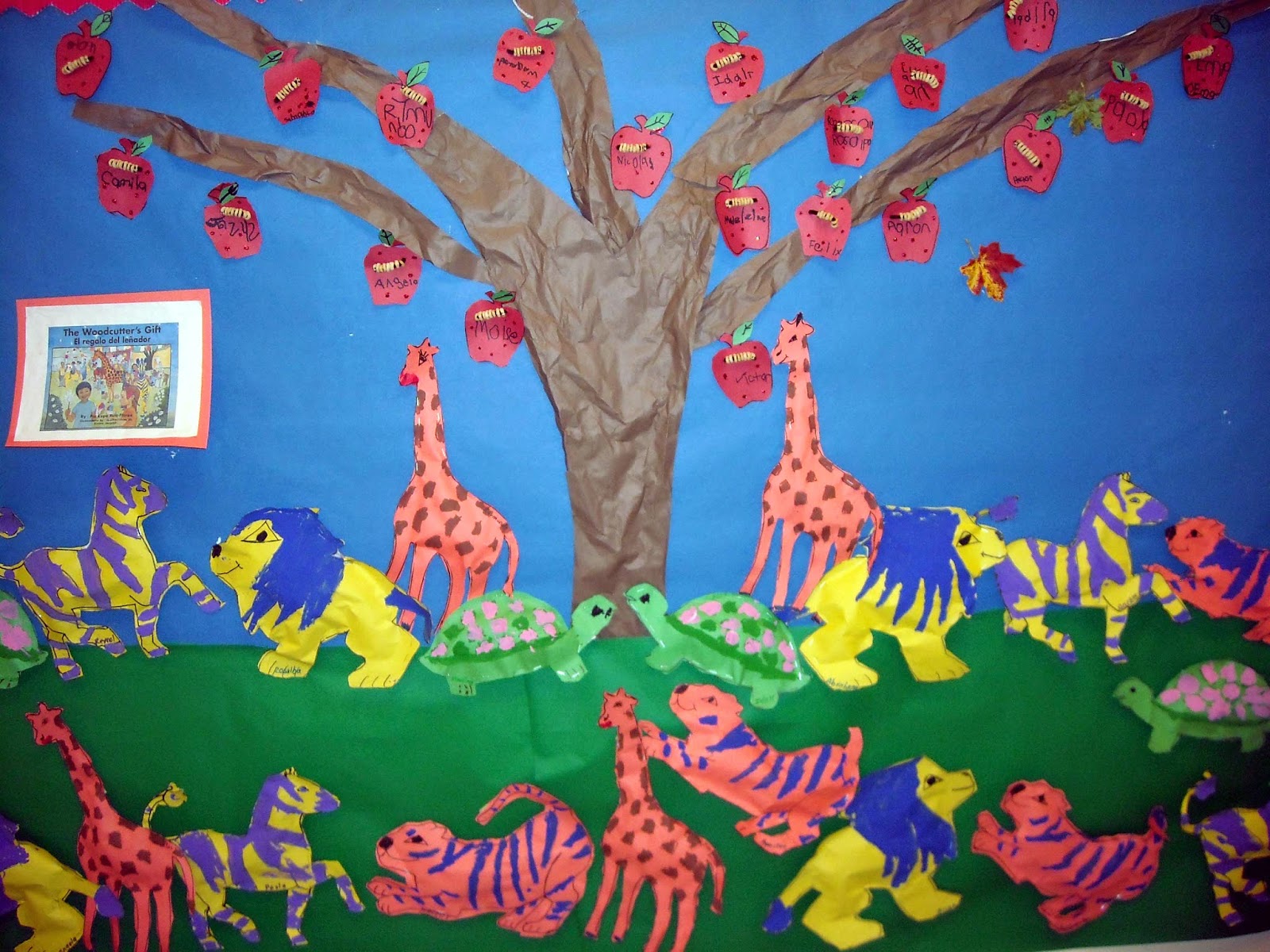Do punctuation marks have feelings? You have to read this great article on the emotions of punctuation marks. Written by Arika Okrent on The Week blog, it addresses The Angry Period, The Sincere Exclamation Point, The Coy, Awkward Ellipsis, The Dramatic Asterisk, and the Dull Comma. A must read!!! (Notice my exclamation points.)
Do you sometimes cry when you read a book? I have to admit at times I have done that. I get so caught up in the story and connect so much with the main character that my emotions get the best of me. That is why when I read this question on the Dear Editor website the other day, I clicked on it to find the answer.
“Dear Editor… I cried when I wrote my romance manuscript. My beta readers aren’t crying. What am I doing wrong?”
Part of the answer was: A cathartic cry is a whole story in the making; no single plot event triggers it. Examine your entire story to be sure every plot point amps up emotional tension.
Read the rest of the brief answer to find out more.
For those of you who missed the November Picture Month Book blog and my day and essay, click on the link above.
In a few days, I will bake dozens of cookies for our family’s annual Christmas Exchange Cookie Party!
Backlist: A publisher’s list of its books that were not published during the current season but that are still in print. – Writer’s Digest Weekly Planner


